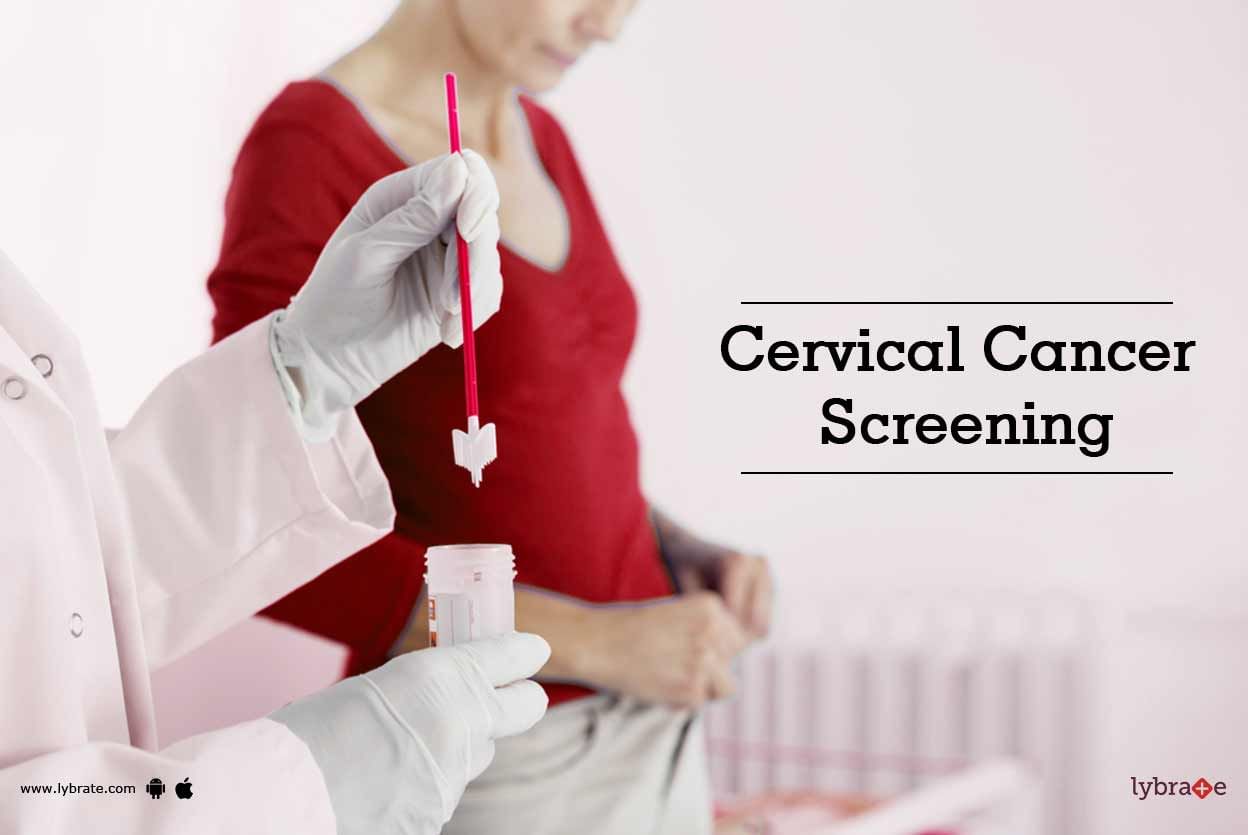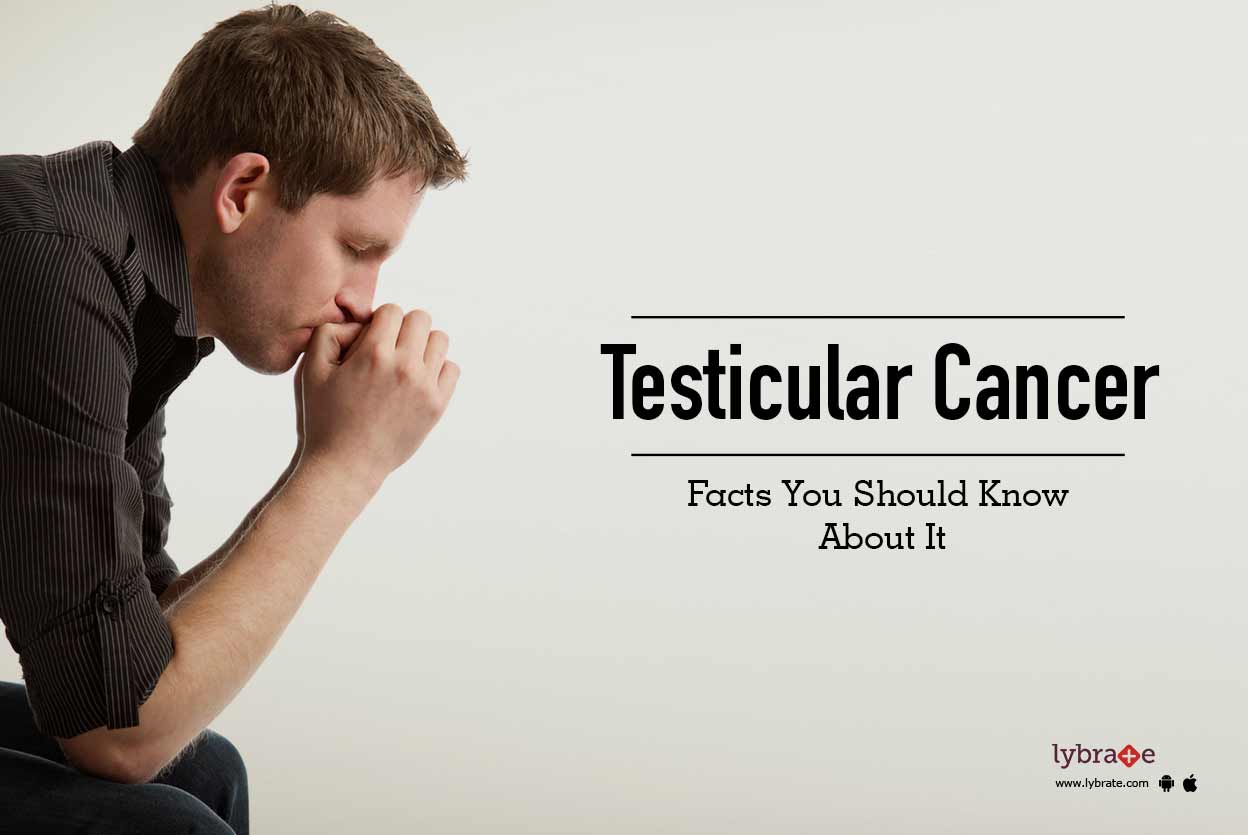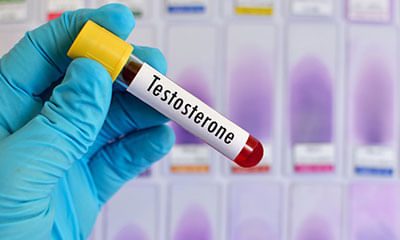Get the App
For Doctors
Login/Sign-up
About
Health Feed
Find Doctors
Health Packages
AllQ&AsTipsQuizzes
Testicular Cancer Health Feed
Last Updated: 8 years ago• Featured Tip
Share
Bookmark
Report
A mammogram is an imaging test where an X-ray is taken to recreate the internal imagery of your breasts. This is a screening test that is widely used to find the earliest signs of cancer. There have been instances where the early signs of cancer have been found up to three years before the actual development of the same. There are a number of benefits and risks in this screening method. So let us find out more about getting a mammogram, and whether or not you should get one.
Procedu...more
Procedu...more
Last Updated: 8 years ago• Featured Tip
Share
Bookmark
Report
Dilation and curettage is a surgical procedure where the cervix (the lower part of uterus) is dilated and tissues are removed from the inside of the uterus. The procedure is usually done to treat heavy menstrual bleeding or clean the lining of the uterus after an abortion or miscarriage.
During the procedure, the cervix is dilated with medication and a thin surgical instrument is inserted through the vagina. This instrument is then used to scrape (curettage) the uterine tissues.
more
During the procedure, the cervix is dilated with medication and a thin surgical instrument is inserted through the vagina. This instrument is then used to scrape (curettage) the uterine tissues.
Last Updated: 8 years ago• Featured Tip
Share
Bookmark
Report
Cervical cancer occurs when abnormal cells on the cervix grow out of control. The cervix is the lower part of the uterus that opens into the vagina. Cervical Cancer is one of the most common ailments that women suffer from, making it only more important to be taken seriously and treated immediately.
Most cervical cancer is caused by a virus called human papillomavirus, or HPV. You can get HPV by having sexual contact with someone who has it. There are many types of the HPV virus. Not al...more
Most cervical cancer is caused by a virus called human papillomavirus, or HPV. You can get HPV by having sexual contact with someone who has it. There are many types of the HPV virus. Not al...more
Last Updated: 8 years ago• Featured Tip
Share
Bookmark
Report
Testicular cancer is mostly witnessed among young adults in the age range of 24 35. It results from the growth of abnormal cells in the testes. It is not the most common type of cancer found in the body, but can pose a serious threat to an individual if not treated early. The cure rate is one of the highest among all kinds of cancer found in the body. This being said, the rate of cure is totally dependent on the stage of detection.
Risk Factors for Testicular Cancer
The historical t...more
Risk Factors for Testicular Cancer
The historical t...more
Health Query
Share
Bookmark
Report
Asked for male, 24 years old from Bhubaneswar
Share
Bookmark
Report
Nothing to worry you have done good things that you have consulted oncologist and gone for u/s of scrotal region, seems every thing is ok. Even then if you have any doubt you should go for a very simple test to rule out any malignancy (cancer):
fnac from swelling in groin. (fine needle aspiration cytology)
fnac from swelling in groin. (fine needle aspiration cytology)
Asked for male, 23 years old from Bhubaneswar
Share
Bookmark
Report
Asked for male, 30 years old from Kolkata
Share
Bookmark
Report
Last Updated: 9 years ago• Featured Tip
Share
Bookmark
Report
Here are a few things you should know about testicular cancer (tc):
Age: the commonest affected age group is 20-45 years with germ cell tumours. Half of all cases occur in men less than 35 years. Non-seminomatous germ cell tumours (nsgct) are more common at ages 20-35, while seminoma is more common at age 35-45 years. Rarely, infants and boys below 10 years develop yolk sac tumours and 50% men above 60 years with tc have lymphoma.
Race: white caucasian people living in ...more
Age: the commonest affected age group is 20-45 years with germ cell tumours. Half of all cases occur in men less than 35 years. Non-seminomatous germ cell tumours (nsgct) are more common at ages 20-35, while seminoma is more common at age 35-45 years. Rarely, infants and boys below 10 years develop yolk sac tumours and 50% men above 60 years with tc have lymphoma.
Race: white caucasian people living in ...more
Last Updated: 9 years ago• Featured Tip
Share
Bookmark
Report
Here are 5 ways to take care of your penis
Shares a few tips so you know how to take care of your penis to prevent major issues.
Taking good care of your penis will not only keep it clean, it will also prevent your likelihood of testicular cancer and other penis-related issues.
1. Clean up: your penis should be cleaned daily. So should your bottom and the area in between, called the perineum. Use a mild soap as these areas can be sensitive.
2. Examin...more
Shares a few tips so you know how to take care of your penis to prevent major issues.
Taking good care of your penis will not only keep it clean, it will also prevent your likelihood of testicular cancer and other penis-related issues.
1. Clean up: your penis should be cleaned daily. So should your bottom and the area in between, called the perineum. Use a mild soap as these areas can be sensitive.
2. Examin...more
Book appointment with top doctors for Testicular Cancer treatment
View fees, clinic timings and reviews
Ask a free question
Get FREE multiple opinions from Doctors
posted anonymously




















